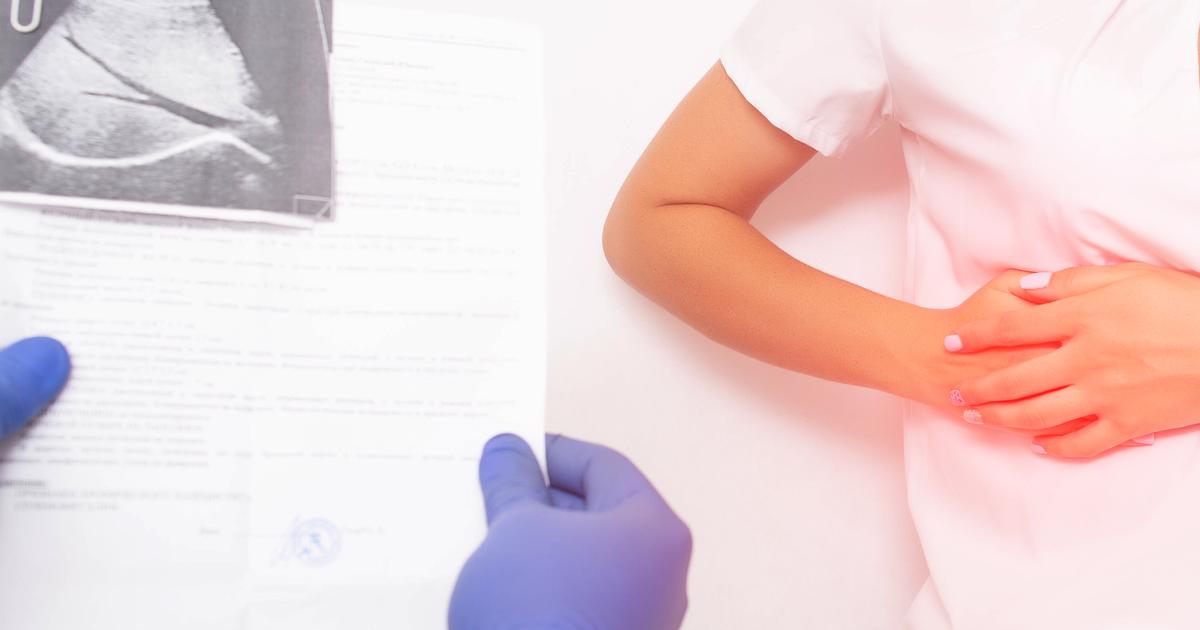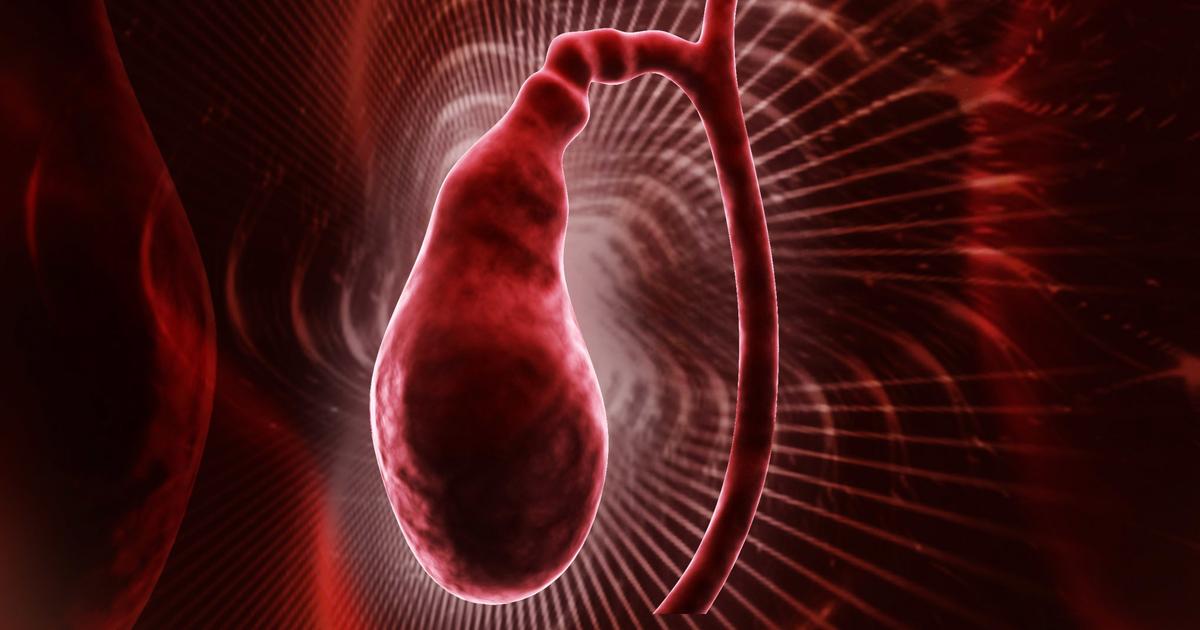Serious Causes And Complications Of Gallstones
Gallbladder Inflammation

Gallbladder inflammation and acute cholecystitis are terms used to refer to the process that occurs when bacteria colonize in the gallbladder, or when another mechanism causes the immune system to attack or respond to the healthy or damaged cells of the gallbladder. Gallstones can obstruct the cystic duct where bile exits the gallbladder, causing the stagnation of bile in the organ. When bile becomes stagnated in the gallbladder, bacteria that normally would not pose a problem can begin to grow out of control. This colonization of bacteria causes further inflammation when the individual's immune system responds. Pus can accumulate in the gallbladder, and it can become enlarged to the point where neighboring organs like the liver can also become inflamed. The gallstones can cause erosion of the gallbladder tissues, which may also precipitate an inflammatory response by the immune system to help mediate the cellular damage.
Discover additional complications of gallstones now.
Bile Duct Blockage

A bile duct blockage can occur as the result of a gallstone that has migrated into the duct or a stone that has developed from bile sludge in the duct. When gallstones obstruct the bile duct, several problems can arise. The common bile duct not only carries bile from the gallbladder to the small intestine, but it also carries digestive enzymes from the pancreas to the small intestine. When the digestive enzymes are unable to reach the small intestine after they have been produced in the pancreas because of a gallstone obstruction, they can activate in the duct and pancreatic tissues. This activation of digestive juices can produce massive damage to the pancreatic tissues because of their potent corrosiveness. This process leads to a life-threatening condition called pancreatitis, which is an emergency that requires urgent treatment in a hospital. When a gallstone becomes lodged in the bile duct, bilirubin from the liver can also begin to accumulate when it has nowhere to go. When bilirubin backs up in the liver, it spills out int the individual's blood and produces jaundice. Jaundice occurs when an individual's skin and white of their eye takes on a yellow tint because of an accumulation of bilirubin in the body.
Uncover more complications associated with gallstones now.
